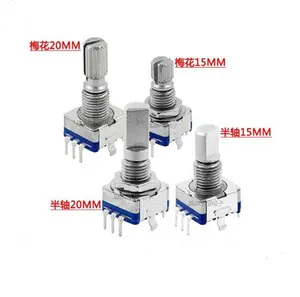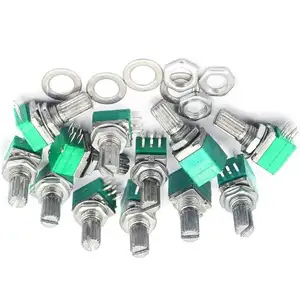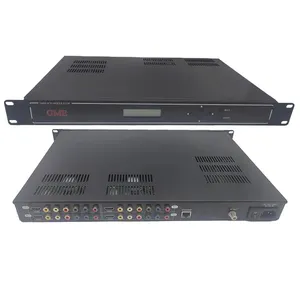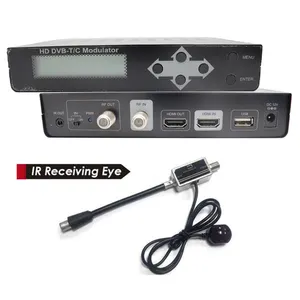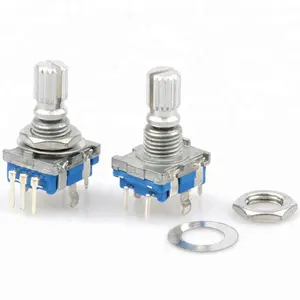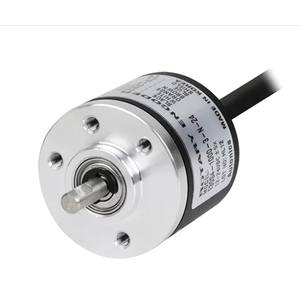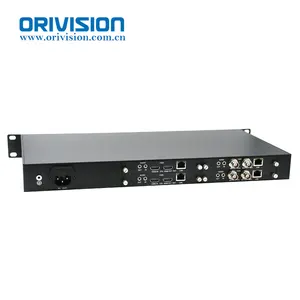Encoder In Digital Electronics




 1/3
1/3




 1/3
1/3






 1/3
1/3





 1/3
1/3






 1/5
1/5




 1/3
1/3





 1/3
1/3




 1/3
1/3




 1/3
1/3











 1/1
1/1




 1/1
1/1




 1/1
1/1



 0
0




 1/3
1/3









 1/3
1/3



 0
0




 1/3
1/3







 1/3
1/3
About encoder in digital electronics
Where to Find Encoder Suppliers in Digital Electronics?
China remains the central hub for encoder manufacturing in digital electronics, with specialized production clusters in Guangdong and Jiangsu provinces driving global supply. Dongguan and Shenzhen in Guangdong province host advanced electronics manufacturing zones, combining high-precision component fabrication with robust export logistics. These regions support vertically integrated operations—from PCB assembly to final testing—enabling rapid prototyping and scalable production runs. Proximity to semiconductor suppliers and fiber optic equipment manufacturers enhances supply chain efficiency, reducing lead times by 15–25% compared to non-specialized regions.
The industrial ecosystem offers buyers access to diverse encoder types, including incremental rotary encoders, linear encoders, and digital video encoders used in broadcasting systems. Facilities typically operate under ISO-certified quality management systems, with many suppliers equipped for RoHS-compliant production. Average monthly output ranges from 50,000 units for standard rotary models to custom batch production of HD video encoding systems capped at 500–800 units per month due to complexity. This infrastructure supports both high-volume OEM procurement and low-MOQ sampling for R&D integration.
How to Choose Encoder Suppliers in Digital Electronics?
Selecting reliable partners requires systematic evaluation across technical, operational, and transactional dimensions:
Technical Capability Verification
Confirm supplier expertise in target encoder categories: motion control (rotary/linear) or signal processing (AV/DVB-T). For industrial automation applications, demand specifications on resolution (P/R), shaft tolerance, and environmental sealing (IP rating). In broadcast-grade video encoders, verify compliance with HDMI 2.0, HEVC/H.265, and DVB modulation standards. Request test reports for signal integrity, thermal stability, and EMI performance.
Production & Quality Assurance Audit
Assess manufacturing maturity through key indicators:
- Minimum facility size of 2,000m² indicating dedicated clean rooms and testing bays
- In-house design teams capable of firmware customization and PCB layout modification
- On-site calibration labs for encoder accuracy validation (±0.1° or better)
- Documented QC processes covering incoming components, burn-in testing, and final inspection
Cross-reference on-time delivery rates (target ≥93%) and response times (≤4 hours) as proxies for operational reliability.
Procurement Risk Mitigation
Utilize secure payment mechanisms such as escrow services for initial orders. Prioritize suppliers with transparent transaction histories and reorder rates above 20%, indicating customer retention. Conduct sample testing against IEC 60034-1 for mechanical encoders or SMPTE ST 2084 for HDR video encoding accuracy before volume rollout.
What Are the Best Encoder Suppliers in Digital Electronics?
| Company Name | Main Products | Price Range (USD) | Min. Order Quantity | On-Time Delivery | Avg. Response | Online Revenue | Reorder Rate |
|---|---|---|---|---|---|---|---|
| Zhuhai Gecen Electronic Co., Ltd. | HD AV-to-DVB-T Modulators, MPEG4 Headend Systems | $80–$400 | 1 piece | 87% | ≤4h | US $100,000+ | 25% |
| Hongyan Technology (Dongguan) Co., Ltd. | Ultra-Thin Incremental Rotary Encoders (EC11 Series) | $0.50–$0.95 | 1,000 pieces | 100% | ≤2h | US $600+ | <15% |
| Shenzhen Qida Electronic Company Ltd. | Baumer, Dynapar, and OVW2 Series Replacements | $12–$680 | 1 piece | 93% | ≤1h | US $120,000+ | 22% |
| Wuhan Fanfeng Mechanical & Electrical Equipment Co., Ltd. | Original LEINE & LINDE Linear/Rotary Encoders | $1,000 | 10 pieces | 50% | ≤15h | US $40,000+ | 20% |
| Dongguan Quanwang Electronic Technology Co., Ltd. | HD Video Encoders (8–24 Channel), FN35xx Series | $617–$1,580 | 1 piece/set | 99% | ≤3h | US $120,000+ | 22% |
Performance Analysis
Hongyan Technology leads in cost efficiency and punctuality for high-volume incremental encoder supply, though its lower reorder rate suggests potential gaps in post-sale support. Dongguan Quanwang and Zhuhai Gecen specialize in high-value video encoding systems with strong delivery consistency (≥99%) and customization capabilities for HDMI input, RF modulation, and encryption protocols. Shenzhen Qida stands out for offering direct alternatives to premium industrial encoder brands, supporting single-unit trials ideal for replacement part sourcing. Wuhan Fanfeng focuses on original-brand distribution but exhibits delivery volatility (50% on-time rate), warranting caution for time-sensitive projects. Buyers seeking flexible MOQs should prioritize suppliers offering 1-piece sampling, while bulk purchasers benefit from tiered pricing at 1,000+ unit volumes.
FAQs
How to verify encoder supplier technical compliance?
Request product datasheets with detailed electrical and mechanical parameters. Validate conformity with industry standards such as IEC 60529 (IP ratings), EN 60034-1 (shaft encoders), or DVB-T2 for broadcast equipment. Confirm firmware update availability and compatibility with common controllers (PLCs, microcontrollers).
What is the typical lead time for encoder samples?
Standard rotary encoder samples ship within 7–10 days. Custom-configured video encoders require 15–25 days for programming and testing. Add 5–7 days for international air freight under DDP terms.
Do suppliers support customization for encoders?
Yes, most suppliers offer PCB reconfiguration, cable length adjustments, and labeling modifications. Advanced options include custom pulse output (PPR), dual-channel encoding, and integration with modulators or encryption modules in broadcast systems. Minimum order thresholds apply for hardware redesigns.
Are there minimum order requirements for industrial encoders?
MOQ varies significantly: precision motion encoders often require 1,000+ units, while complex video encoding systems allow single-unit purchases. Negotiate reduced MOQs during initial collaboration, especially when leveraging trade assurance programs.
How to assess long-term supplier reliability?
Analyze online revenue trends, reorder rates, and response consistency. Conduct virtual audits to observe production lines and QC checkpoints. Prioritize suppliers with documented after-sales service procedures, including warranty handling and technical troubleshooting support.


































